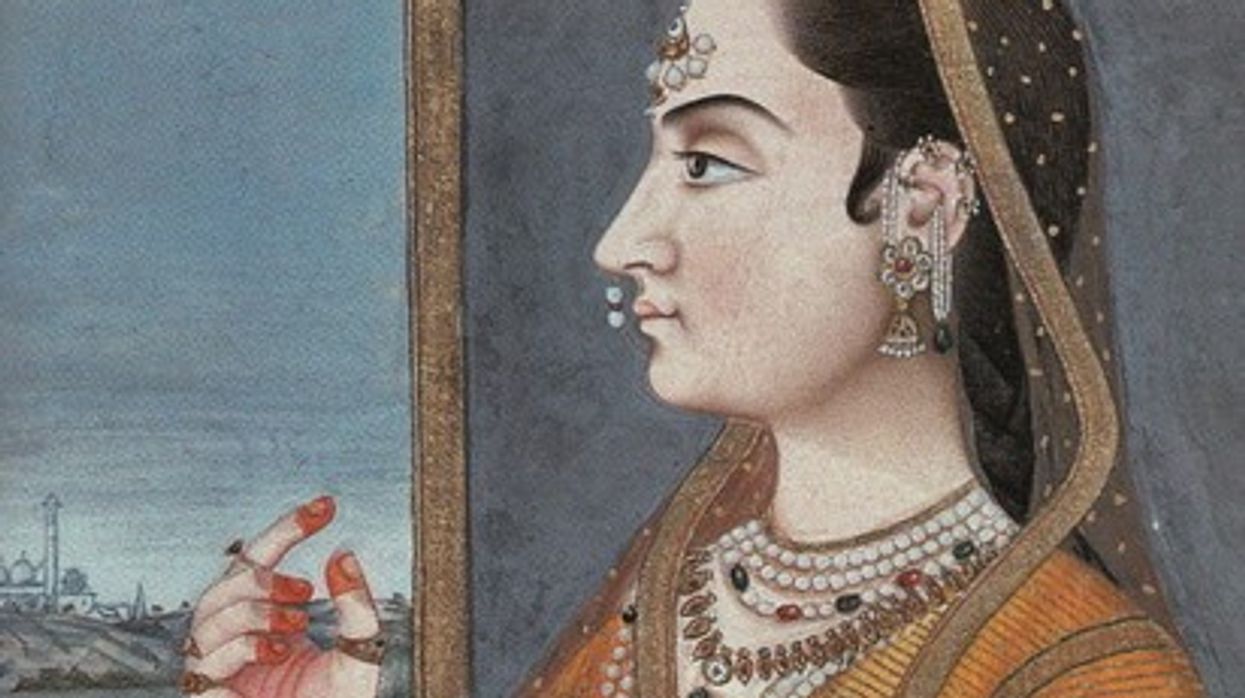THE greatest literary classics have a timeless quality, which enables them to connect to different generations, and some like Sunlight On A Broken Column are so special that their underlying message has the same impact decades later.
The unforgettable classic, first published in 1961, is getting reissued on July 15 to mark its 60th anniversary and is remarkably one of only two books written by hugely influential author Attia Hosain, who was in her eighties when she passed away in 1998, with the other being a collection of short stories.
The coming-of-age story set in the lead up to the turbulent Partition of India revolves around an orphan girl from a distinguished Muslim family brought up in her conservative grandfather’s house, where she is made to keep a purdah and then her move to a liberal autocratic uncle’s guardianship.
Then she gets the first taste of freedom at university but is torn between centuries old tradition and a world quickly heading towards modern culture. There is also conflict as people begin to take sides ahead of Partition, which mirrors her own inner struggle.
It is no surprise the novel continues to be admired 60 years after publication. The absorbing story beautifully brings 1930s India to life with lovely descriptions and contrasting lives of different communities by a writer who was obviously connected to that time. That authenticity in all things, including mannerisms, setting and political turmoil, adds weight to the story but also gives modern day readers an interesting insight into an important period in history.
The protagonist is from a different era, but is wholly relatable and touches upon issues
and emotions that are relevant even today. The novel marks 60 years and will likely power on in the decades ahead. The only downside is that author Attia Hosain didn’t write another novel because this one is so good.













